Do radiant barriers work?
If you have noticed that the rough interior of some unfinished buildings or attics is covered in a layer of foil and you’re afraid that you might be missing out on some space-age new building technique, here is the skinny on what radiant barriers do. Read here about how to insulate attics properly.
A radiant barrier is a control layer that reflects infrared heat - especially important in areas with a high level of insolation. They can be purchased in foil rolls (thermal foil with air bubbles as insulation), and some rigid insulation boards such as polyisocyanurate have them attached on one side to act as a radiant barrier, a vapor barrier, and when taped and not punctured, an air barrier as well.
The intention of a foil radiant barrier is primarily to reduce cooling costs by mitigating solar heat gain through walls and attics. Some builders swear by them and do it all the time, some don’t buy into it or probably don't even know about the concept.
And like so many other building techniques and products, building practices are not bound by location or climate zones on the web, so they can spread like butter across a hot pancake to places they don't belong. For that reason, we wanted to give readers a better understanding of how, and where they work.
How does heat loss happen in homes?
Heat transfer happens in 3 ways - conduction, convection and radiation. Through conduction (when objects are touching such as your feet to a floor), through convection (the movement of air), and through radiation, meaning waves travelling through an airspace such as heat from the sun or the heat you feel emanating from a radiator.
Air sealing, insulation, and thermal breaks slows the transfer of heat through conduction and convection, and a radiant barrier is how you control the heat transfer of radiation.
Firstly, it is worth noting that there is research to support the theory that radiant barriers in attics can be beneficial in hot climates to help reduce cooling loads. The benefits are pretty much limited to reducing solar gain through the attic, and it is estimated that energy savings of a radiant barrier may be somewhere in the range of about 8% to 10% of a home’s total cooling costs in areas of high insolation or in other words sun exposure. There are no figures we've found for walls, but as they do not often absorb the same amount of radiation as a roof, the benefits are significantly reduced.
In cold climate zones such as the northern US states and Canada, the benefits of radiant barriers become somewhat negligible because for a good half the year, you will be heating rather than cooling your home, so right off the bat your 8-10% savings on A/C turns into 4-5% savings.
In most of those climates, it would be even less, as there are really only about two or three months when it is hot enough to need A/C.
They can, in some cases (ie: when installed properly), help retain winter heat, but the majority of heat loss in a home is due to thermal conductivity and air leakage. So make sure that you focus your efforts and budget on those aspects first, and don’t let plans for a radiant barrier have you cut back on insulation.
How does a radiant barrier work?
Since radiation occurs only when there is an airspace for it to travel through, radiant barriers will not work when there is no airspace. One example of how they were used beyond their functional range was during a fairly short-lived trend of installing them as vapor barriers below concrete floors. The assumption was that they would also reflect heat, which they absolutely will not do with concrete poured directly on top.
A metal film sandwiched between two bodies (like the earth and your concrete floor) will only serve as a conductor. So save your money and just use a polyethylene barrier. Note that it's wise to use thicker poly membranes in areas of high concentrations of radon gas. Instead of 6-mil like standard poly vapor barriers, they are 10 or15-mil and more puncture resistant. You can buy radon mitigation membranes here.
Some builders in cooler climates who want to push the envelope on performance will on occasion install them in walls. That can work, but it invites the question of how well and is it worth the money?
The way that they can work is if they are applied to the wall prior to strapping being installed. Foil acts as a vapor barrier, and if it is puncture free, overlapped and taped, it can be an air barrier as well. But there needs to be about a ¾ inch of air space (and more if possible) in order for them to reflect infrared heat. So they do work, but the question remains though for walls in northern climates as to whether or not they work well enough to be worth the added cost.
Are radiant barriers worth the money?
In a newly-built and vented attic in a heating climate, the evidence indicates to us that radiant barriers can be beneficial. Radiant-barrier sheathing can be used, or alternatively, foil barriers can be attached to the trusses or rafters before the roof sheathing is installed, or applied to the underside after the exterior roofing is completed.
For walls, and certainly walls in cold climates, we don't think they are worth the money. A roll of thermal foil radiant barrier is quite expensive, so we at Ecohome don’t really think it is an effective use of materials and money as a method of reducing heat loss.
We would rather see other materials such as peel and stick WRB weather barriers used for air barriers and in some cases like REMOTE Walls as a vapor barrier, and we think that the money you invest in reducing heat loss would be better invested as an additional inch of insulation rather than dropping it on radiant barriers.
Now you know more about radiant barriers in homes, find more pages about sustainable construction below and in the Ecohome Green Building Guide pages.
Find more about green home construction and discover the benefits of a free Ecohome Network Membership here. |
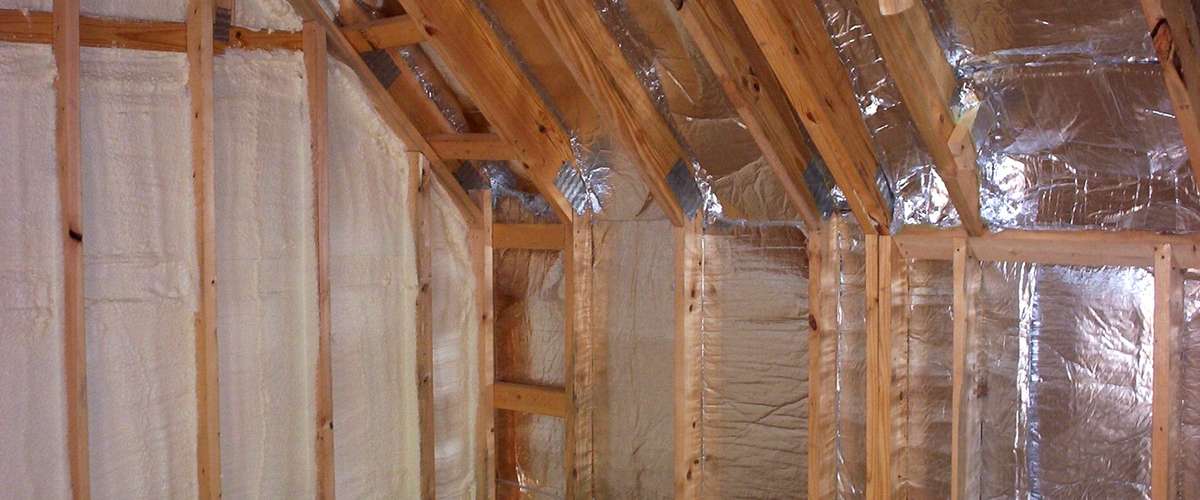


















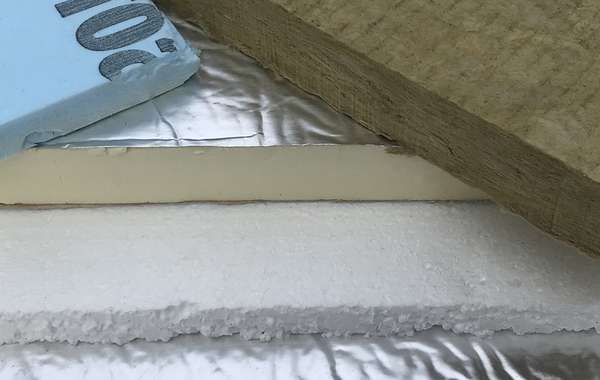
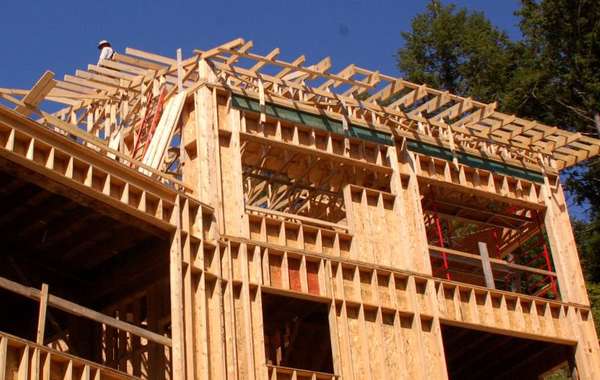
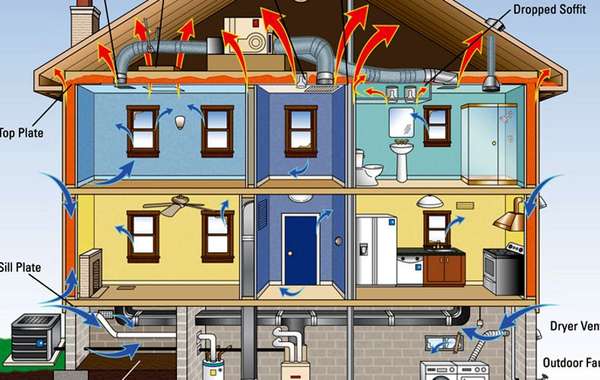
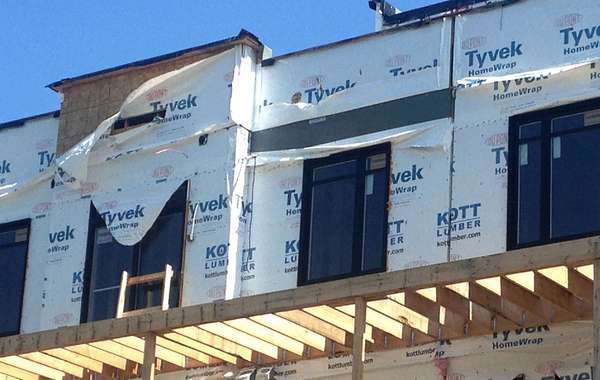
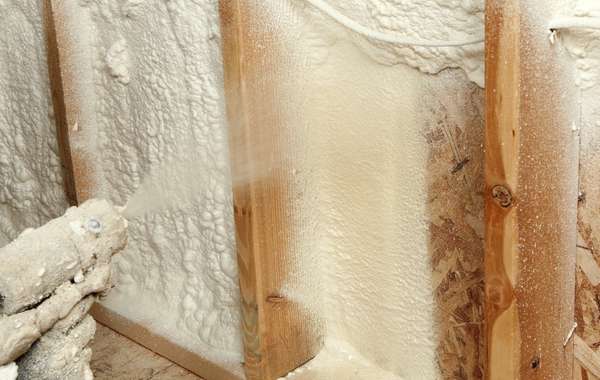
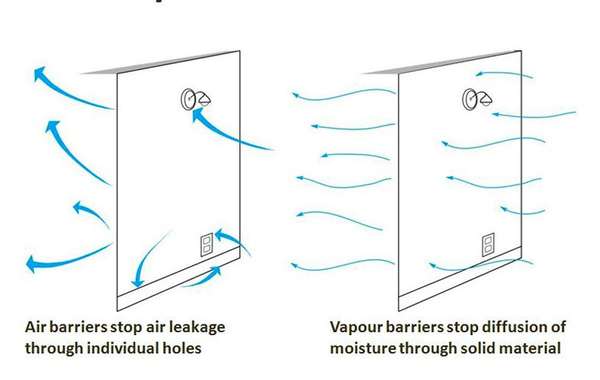
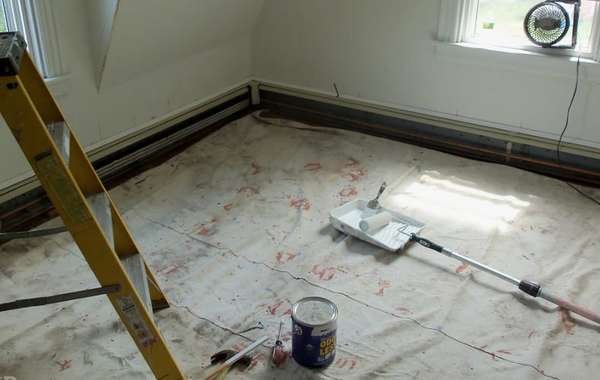
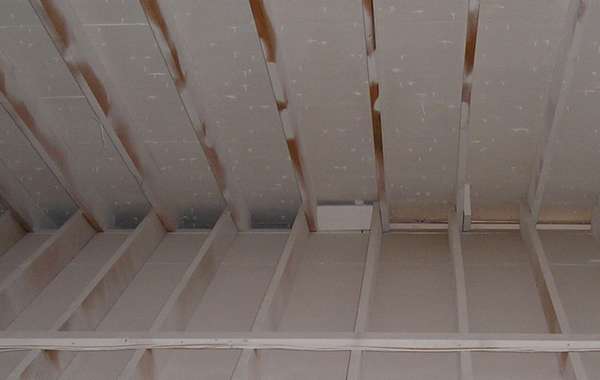
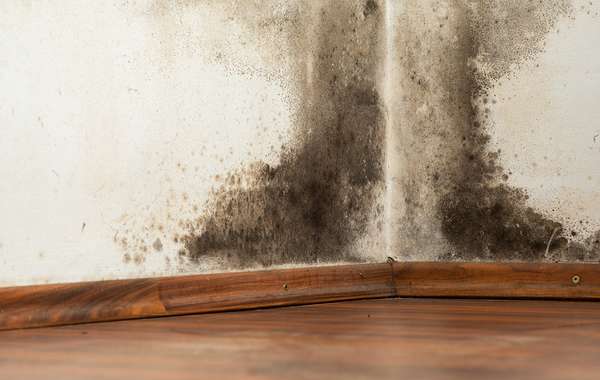
Comments (0)
Sign Up to Comment